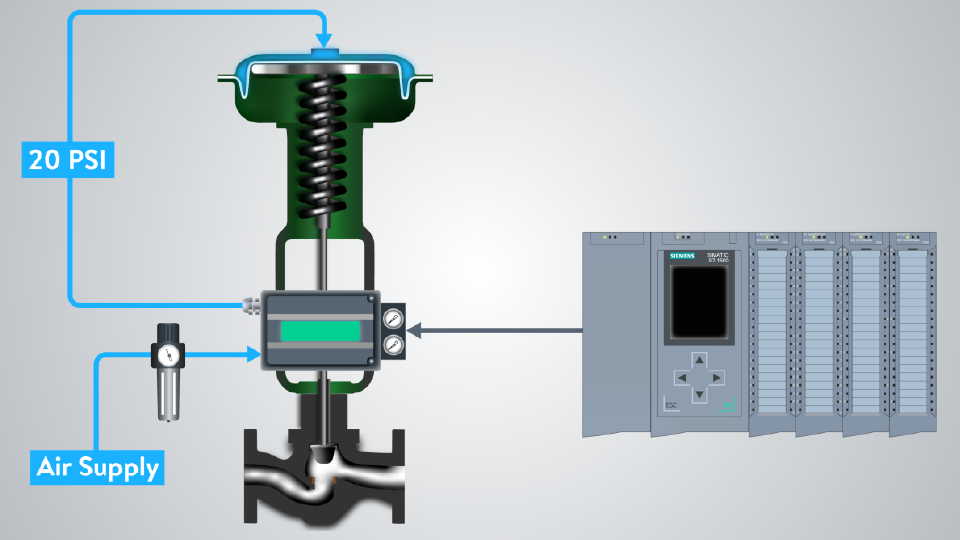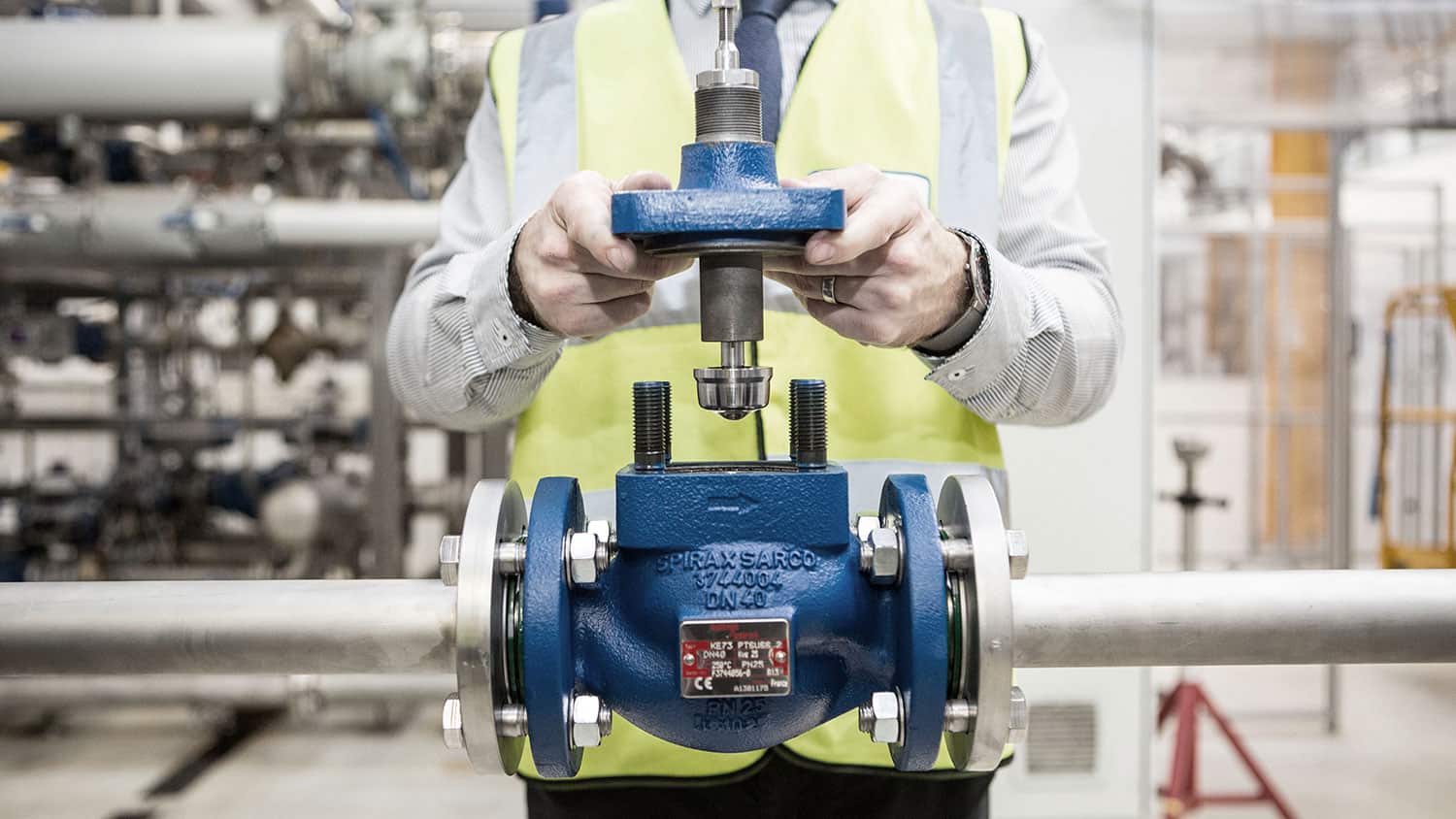The Role of Control Valves in Fluid Flow Management Systems
The Role of Control Valves in Fluid Flow Management Systems
Blog Article

Maximize Energy Cost Savings and Comfort With Advanced Structure Automation Controls
In the world of modern architecture and center monitoring, the combination of advanced structure automation manages stands as a pivotal innovation. The merging of technology and sustainability has actually birthed a new period where energy efficiency, convenience optimization, and operational streamlining are no more far-off aspirations yet possible truths. By taking advantage of the power of automation, structures can adapt, react, and develop in manner ins which were as soon as unimaginable. The capacity for substantial power cost savings and improved convenience is not just a guarantee but a possibility waiting to be satisfied. This standard change in structure administration holds the vital to unlocking a globe where ecological conscientiousness and resident health sympathetically exist together within the wall surfaces of our structures.
Energy Effectiveness Perks
Energy efficiency benefits can dramatically decrease power intake and operational expenses in structures. By carrying out energy-efficient practices and innovations, building owners and operators can accomplish considerable financial savings while also adding to environmental sustainability. One of the primary advantages of enhancing energy effectiveness in buildings is the decrease of energy expenses. Energy-efficient systems, such as innovative structure automation controls, can maximize the usage of sources like air conditioning, home heating, and lighting, causing lower energy expenditures gradually.
Moreover, improved energy efficiency can prolong the life expectancy of building equipment and systems. By operating much more effectively, HVAC systems, light, and various other structure elements experience less wear and tear, leading to lowered upkeep and replacement costs. Additionally, energy-efficient buildings often regulate higher residential or commercial property worths and rental rates, supplying long-term monetary benefits to owners.
Furthermore, energy efficiency can boost resident convenience and efficiency. Correctly managed interior environments with optimal lights and thermal conditions develop a more favorable and enjoyable work area, leading to boosted staff member complete satisfaction and efficiency. On the whole, the power performance benefits connected with sophisticated building automation controls are complex, incorporating cost savings, ecological stewardship, and resident health.
Improved Comfort Control
Enhancing comfort control in structure atmospheres requires an innovative integration of innovative automation systems for ideal passenger well-being. By using advanced building automation controls, facilities can customize the interior atmosphere to meet the particular demands and choices of occupants. These systems allow precise policy of lights, temperature level, and air flow, creating a effective and comfortable atmosphere. Resident satisfaction and efficiency are very closely linked to thermal comfort, making it necessary to have systems in position that can adapt to changing conditions in real-time.
Boosted convenience control surpasses basic temperature level modifications. It includes features such as customized setups, tenancy sensing units, and all-natural light usage to produce a responsive and vibrant setting. By integrating these innovative controls, structures can not just boost convenience yet likewise improve energy effectiveness by enhancing system procedures based upon real tenancy and use patterns. Eventually, focusing on passenger comfort via sophisticated automation systems leads to a much more delightful and healthier indoor environment.
Functional Efficiency Improvements

Furthermore, the application of real-time surveillance and analytics tools allows structure operators to identify power inadequacies and operational anomalies quickly. By continually keeping an eye on power use patterns and system performance metrics, modifications can be made in real-time to maximize power consumption and guarantee peak functional performance. control valves. Additionally, integrating need feedback strategies right into structure automation controls can further improve functional effectiveness by dynamically changing power usage based upon grid conditions and prices signals
Indoor Environment Optimization
Reliable indoor environment optimization is a fundamental element of structure automation controls, making sure occupants' comfort and health while making the most of power savings. By making use of advanced sensors and controls, building automation systems can continuously keep an eye on and readjust temperature, moisture levels, air high quality, and ventilation to develop an optimal indoor atmosphere. Preserving comfy and regular problems not just enhances occupant complete satisfaction yet additionally boosts efficiency and general wellness.
Interior environment optimization likewise plays an important function in energy efficiency. By fine-tuning home heating, air conditioning, and air flow systems based upon real-time data and tenancy patterns, developing automation controls can substantially decrease power usage - control valves. Carrying out techniques such as demand-controlled air flow and thermal zoning can aid their website decrease power waste while making sure that each area of the building receives the essential conditioning.

Lasting Setting Production
Structure automation controls not only maximize indoor climate conditions for power efficiency and resident comfort however additionally lay the structure for developing a lasting atmosphere through calculated administration of systems and sources. By incorporating advanced building automation technologies, such as sensors, actuators, and smart software application, facilities can check and change energy use in real-time to lessen waste and decrease their carbon impact. These systems allow predictive upkeep, determining potential problems before they rise and enhancing equipment efficiency to enhance long life and efficiency.
Moreover, lasting environment production prolongs past energy management to incorporate water conservation, waste decrease, and indoor air top quality enhancement. Structure automation controls can manage water usage, identify leakages, and guarantee correct garbage disposal practices, contributing to total sustainability efforts. In addition, by regulating and keeping an eye on ventilation and purification systems, these technologies improve resident health and performance while decreasing energy consumption related to a/c operations.
Conclusion
In final thought, advanced building automation manages offer considerable advantages in regards to power cost savings, convenience control, functional efficiency, indoor environment optimization, and producing a lasting environment. By executing these controls, structures can achieve ideal performance while lowering energy usage and enhancing owner convenience. It is evident that using sophisticated automation innovation is crucial in improving structure efficiency and creating a much more lasting future.
Power performance benefits can considerably decrease power consumption and operational prices in structures. Generally, the power performance benefits connected with advanced building automation controls are complex, including cost financial savings, environmental stewardship, and passenger health.
In addition, incorporating need action methods into structure automation controls can additionally improve operational performance by dynamically changing power use based on grid conditions and rates signals.
Building automation controls view website not only optimize interior climate problems for energy efficiency and owner comfort but likewise lay the foundation for developing a sustainable environment with tactical monitoring of systems and resources.In verdict, advanced structure automation controls deal considerable benefits in terms of power savings, comfort control, functional efficiency, interior climate optimization, and creating a lasting setting.
Report this page